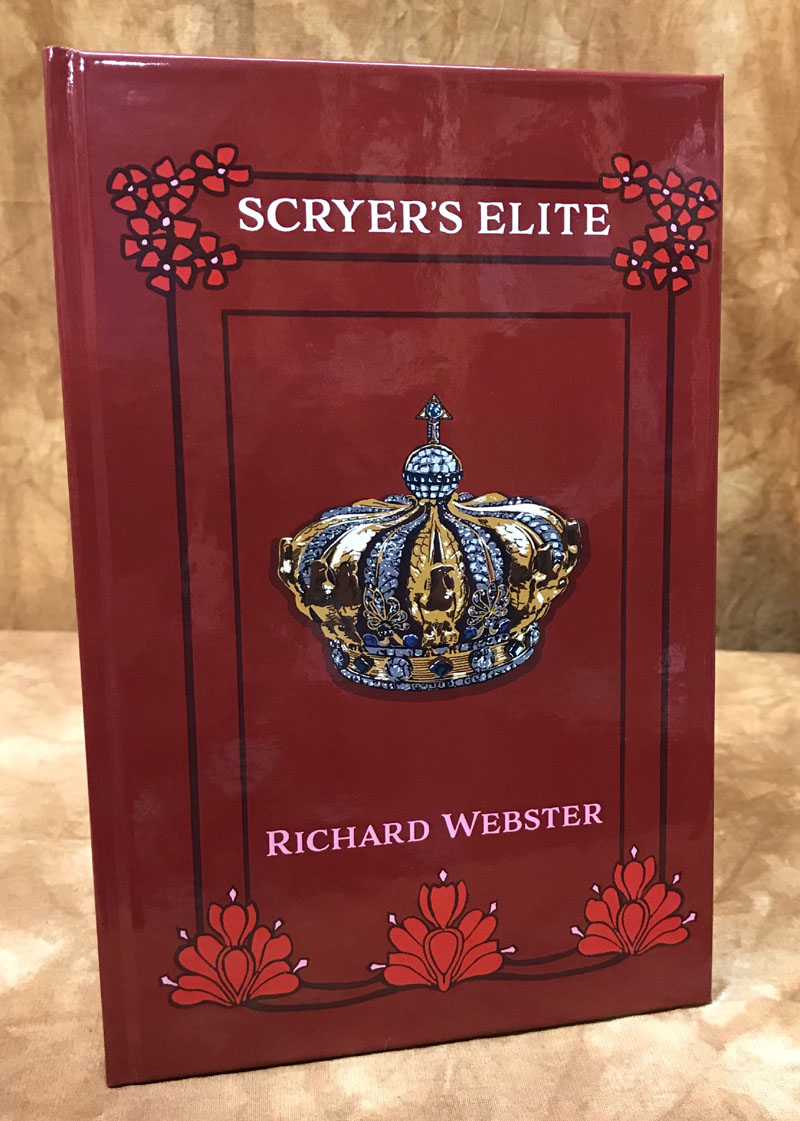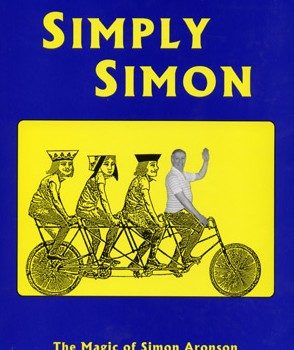Description
This collection includes ten new effects and ideas from Neal Scryer, plus effects from fourteen of his friends: William Barclay, Zac Barkowski, Larry Baukin, Steve Drury, Philipp Ganglberger, Helmuth Grunewald, Anthony Jacquin, Max Maven, Sudo Nimh, Matt Pulsar, John Riggs, Michael Weber, Richard Webster, and Jeremy Weiss. Introduction by Michael Weber. 110 pages
Scryer’s Elite comes in at 110 pages and consists of two sections. The first, is a number of new pieces from Neal Scryer – ten in total. The second, features work from contributors carefully hand-picked by Scryer himself for this project: William Barclay, Zac Barkowski, Larry Baukin, Steve Drury, Philip Gangleberger, Helmuth Grunewald, Anthony Jacquin, Max Maven, Matt Pulsar, Jon Riggs, Michael Weber, Richard Webster, Jeremy Weiss, and myself. It’s worth mentioning that the ad-copy at Stevens Magic lists only one effect from each of these contributors, but there are actually a few more than this. For example, I myself have two pieces in the book and Richard Webster has included three. Count it as a pleasant surprise.
Those of you who’ve read Scryer’s previous works or Scryer and Friends may wonder at how they compare. Scryer’s work in this volume is typical of what we have come to expect from him: simple and effective routines that are participant-oriented and with the usual serving of good-will and wholesome vibrations generously heaped on top. Evocative titles such as “Smiley Face”, “A Jar Full of Love and Wishes”, and “Someone is Watching Over You” etc., prove this to be true. He’s also included some seance work and a lovely die effect (“Numerological Die”) in addition to a an interesting twist on an old chestnut in his “A Scent of Lavender”. Simply stated, this is a well-rounded offering of material that will appeal to a variety of different tastes which you can put to work immediately and bear the usual Scryer hallmarks he is known for.
The second half of the book is where things get really interesting as a veritable smorgasbord of dynamic material is presented. I won’t try to pretend that I didn’t feel a great deal of anxiety when asked if I would contribute once I learned what the project’s scope and focus was and who the other contributors were – and what a line-up it is! I won’t spend too much time talking about the material, but I have to tell you that when I read Michael Weber’s contribution involving rose petals and a bowl of water, I literally sat back with a huge grin on my face and basked in the simple and elegant beauty of it all. Two words perfectly describe it: “Midas Touch.” You’ll immediately understand what I mean upon just reading the effect’s description alone in the book. It is utterly beautiful and I wish that I had thought of this. Thankfully Michael did and we’re all the better for it. There’s a ton of really terrific work in this volume, but for me, this was the real stand-out piece.





